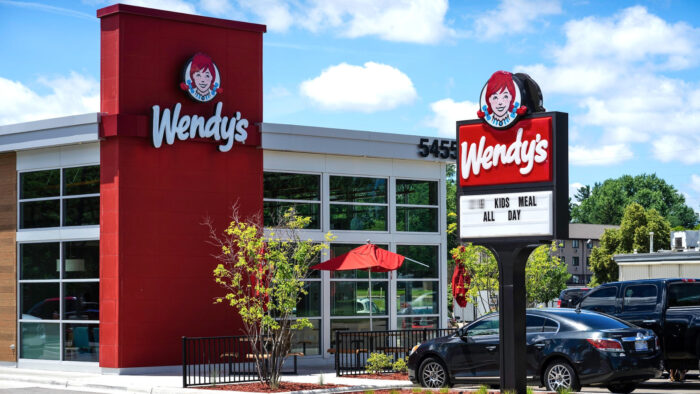
Wendy’s organizational structure is relatively simple compared to those of other large fast-food restaurant companies. The organizational structure defines the arrangement of the company’s components and specifies the patterns of interaction among these components.
Wendy’s corporate structure has remained largely the same through the years. Despite minor reforms, the company focuses on corporate control through its structure.
As one of the world’s biggest hamburger fast-food restaurant chains, the company carefully implements global expansion strategies. These strategies are effectively applied and supported through Wendy’s organizational structure.
Wendy’s employs its organizational structure to maximize operational effectiveness. However, some changes may be necessary to maintain the structure’s support for global expansion and competitiveness against other fast-food companies, such as Subway, Burger King, and McDonald’s, as well as coffeehouse chains, like Starbucks.
A well-designed company structure facilitates the application and benefits of the core competencies and business strengths enumerated in the SWOT analysis of Wendy’s.
Features of Wendy’s Organizational Structure
Wendy’s has a functional organizational structure. This company structure uses business functions as bases for grouping resources and activities. Instead of having geographic divisions, the company uses a centralized management structure.
The following are the prominent characteristics of Wendy’s organizational structure:
- Corporate function-based groups
- Global hierarchy
- Local teams
Corporate Function-Based Groups. Wendy’s has centralized function-based groups for the entire global organization. For example, the company has a legal department, an accounting department, and a marketing department.
This feature of Wendy’s organizational structure provides the basic mechanism to address business functions. The activities of each of these function-based groups affect the company’s multinational operations and the achievement of business objectives.
The foodservice company’s corporate directives and policies originate from these groups. For example, Wendy’s generic competitive strategies and intensive growth strategies are developed through decisions in these corporate departments of the company structure.
Global Hierarchy. This characteristic of Wendy’s organizational structure involves vertical lines of authority, command, and communication. For example, concerns are escalated from franchisees and regional offices to the corporate headquarters.
In this way, the corporate structure supports global control of the business and facilitates Wendy’s operations management objectives. This structural feature also shows the traditional nature of the restaurant company’s organizational design.
Local Teams. Teams are part of Wendy’s, especially at the level of local operations, which are at the bottom of this organizational structure. For example, the company’s restaurants use teams for daily operations.
These teams are flexible units that support fluctuations in the company’s daily restaurant operations. Teams support the flexibility of Wendy’s company structure and the stability of the fast-food hamburger restaurant chain.
The development and activities of these teams are based on corporate standards and the goals of Wendy’s mission and vision.
Advantages & Disadvantages of Wendy’s Company Structure
The main advantage of Wendy’s organizational structure is its support for centralized corporate control of global operations.
The centralization of the function-based groups or departments enables effective implementation of policies and strategies throughout the multinational foodservice business organization.
For example, the hierarchy, groups, and teams of this company structure facilitate strategies and programs for strengthening Wendy’s work culture (business culture) for a cohesive workforce that achieves high productivity and high-quality output.
Also, this corporate structure supports Wendy’s current strategic aims for growth and expansion in the international market.
However, the lack of structural flexibility may hinder international growth and prove to be a disadvantage of this business structure.
The foodservice company’s centralized management structure does not easily enable changes at the local or regional levels. This condition may impose challenges to growing Wendy’s operations in markets outside North America.
References
- Albert, D. (2024). What do you mean by organizational structure? Acknowledging and harmonizing differences and commonalities in three prominent perspectives. Journal of Organization Design, 13(1), 1-11.
- Ceptureanu, S. I., Ferraro, G., Ceptureanu, E. G., & Georgescu, B. (2025). Individual learning ambidexterity behavior and individual job performance in services: The role of organizational structure. Review of Managerial Science, 19(8), 2457-2492.
- Malenko, N. (2024). Information flows, organizational structure, and corporate governance. In Handbook of Corporate Finance (pp. 511-546). Edward Elgar Publishing.
- The Wendy’s Company – Form 10-K.
- The Wendy’s Company – Franchising.
- The Wendy’s Company – Leadership.